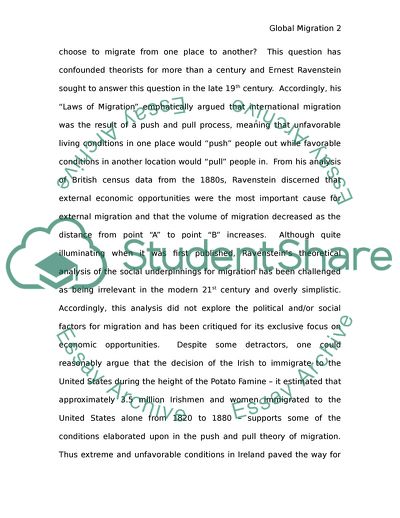Cite this document
(Global Migration Assignment Example | Topics and Well Written Essays - 2122 words, n.d.)
Global Migration Assignment Example | Topics and Well Written Essays - 2122 words. Retrieved from https://studentshare.org/sociology/1726602-policy-report
Global Migration Assignment Example | Topics and Well Written Essays - 2122 words. Retrieved from https://studentshare.org/sociology/1726602-policy-report
(Global Migration Assignment Example | Topics and Well Written Essays - 2122 Words)
Global Migration Assignment Example | Topics and Well Written Essays - 2122 Words. https://studentshare.org/sociology/1726602-policy-report.
Global Migration Assignment Example | Topics and Well Written Essays - 2122 Words. https://studentshare.org/sociology/1726602-policy-report.
“Global Migration Assignment Example | Topics and Well Written Essays - 2122 Words”, n.d. https://studentshare.org/sociology/1726602-policy-report.


